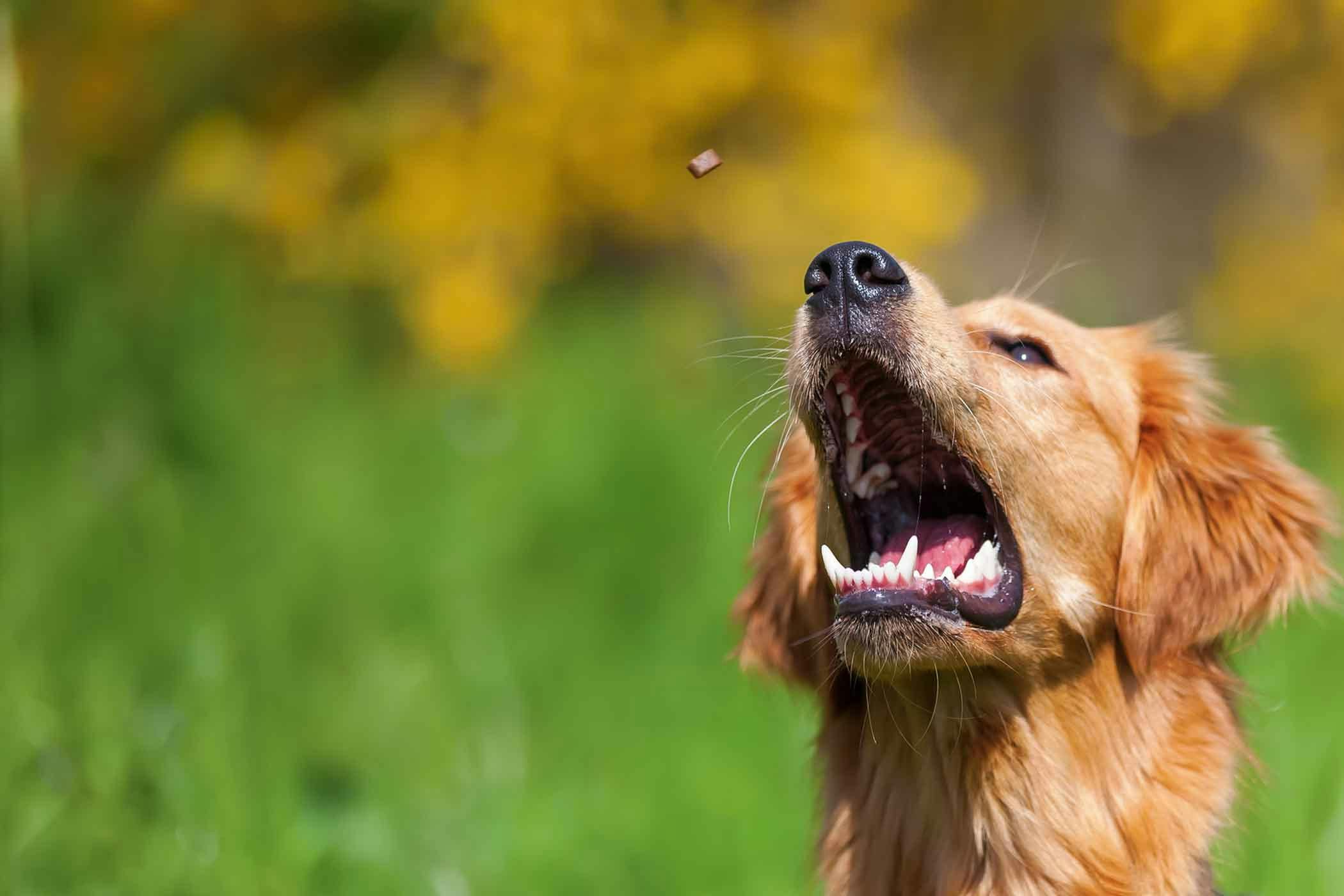

They suffered from the heat more intensely than humans seemed to, and were at greater risk of madness. The Dog Star’s connection to dogs was not only maintained by constellations and mythology, it was boosted by the fact that dogs seemed to take the brunt of the dog days.

This tradition continues in the Harry Potter series Sirius Black’s Animagus form is a large black dog. Additionally, in Greek mythology Sirius is the name of the dog of Orion (a mythical hunter who has a constellation of his own adjacent to Canis Major), which further reinforces the Dog Star’s historical associations with canines. Meaning “searing” or “scorching,” Sirius encapsulates the Dog Star’s unusual brightness. The earliest record of this name comes from the Greek poet Hesiod, in Work and Days, written in seventh century BC. Apart from being the most prominent star in the constellation Canis Major (Latin for “Greater Dog”), this heavenly body is responsible for the origin of the expression dog days, a phrase that has endured through millennia.Ĭlassicists and astronomers will know the Dog Star as Sirius. This star is known by three names: Sirius, the Dog Star, and Alpha Canis Majoris. The dog days, in the most technical sense, refer to the one- to two-month interval in which a particularly bright star rises and sets with the sun, shining during the daylight hours and staying hidden at night. These folk etymologies shrink in comparison with the actual background of the phrase, a story of astronomical proportions. Or, more delightfully, the dog days.Ĭontrary to common conjecture, the dog days do not take their peculiar name from weather that “isn’t fit for a dog,” or heat that is so extreme it drives dogs mad. It’s the portion of summer known as the hottest time of the year. It’s that time of year when the sun shines its most unforgiving beams, baking the ground and, indeed, us. It’s hot again, up in the Northern Hemisphere.


 0 kommentar(er)
0 kommentar(er)
